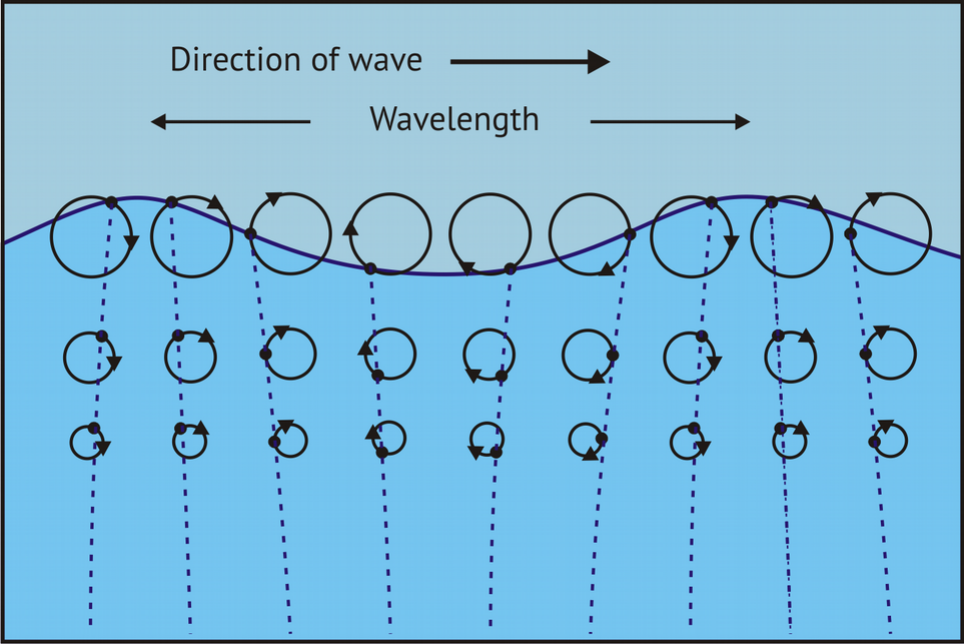Buoy Dynamics
Client: Thales Nederland
hales Nederland is the Dutch branch of the international Thales Group. The company has about 2,000 employees working at branches in Hengelo (HQ), Huizen, Houten, Delft, Enschede and Eindhoven. Thales Nederland specializes in designing and producing professional electronics for defense and security applications, such as radar, command and control, and communication systems. For one of its projects, Thales wanted to investigate the dynamic behavior of sea buoys with respect to external forces, like wind, waves and currents, and also the infuence of different configuration of the buoy like size, mass, and length. Thales consulted Controllab to create a sea buoy model and carry out simulations to investigate the effects of wind, waves and currents.

Company
Thales Nederland is the Dutch branch of the international Thales Group. The company has about 2,000 employees working at branches in Hengelo (HQ), Huizen, Houten, Delft, Enschede and Eindhoven. Thales Nederland specializes in designing and producing professional electronics for defense and security applications, such as radar, command and control, and communication systems. For one of its projects, Thales wanted to investigate the dynamic behavior of sea buoys with respect to external forces, like wind, waves and currents, and also the infuence of different configuration of the buoy like size, mass, and length. Thales consulted Controllab to create a sea buoy model and carry out simulations to investigate the effects of wind, waves and currents.
Project
Waves can be described by orbital paths of water particles. The radius of this orbital path is equal to the wave amplitude at the surface and decreases to zero at a depth of half the wave length. A model has been made in 20- sim that describes the motion of the wave particles as a function of the wave height and length. The points are defined as a moving grid which can be used to calculate the relative velocity of any foating object with respect to the water. Any object foating in the water will experience forces because of buoyancy, wind drag, water drag and added mass. All of these effects were added to the model which was created in the 3D- Mechanics editor.Simulations were carried out to investigate various buoys configurations under the infuences of wind, wave height and wave length and current. The figure below shows
one of those simulations where the buoy started surfing on the wave tops and moving with the wave direction very quickly.
